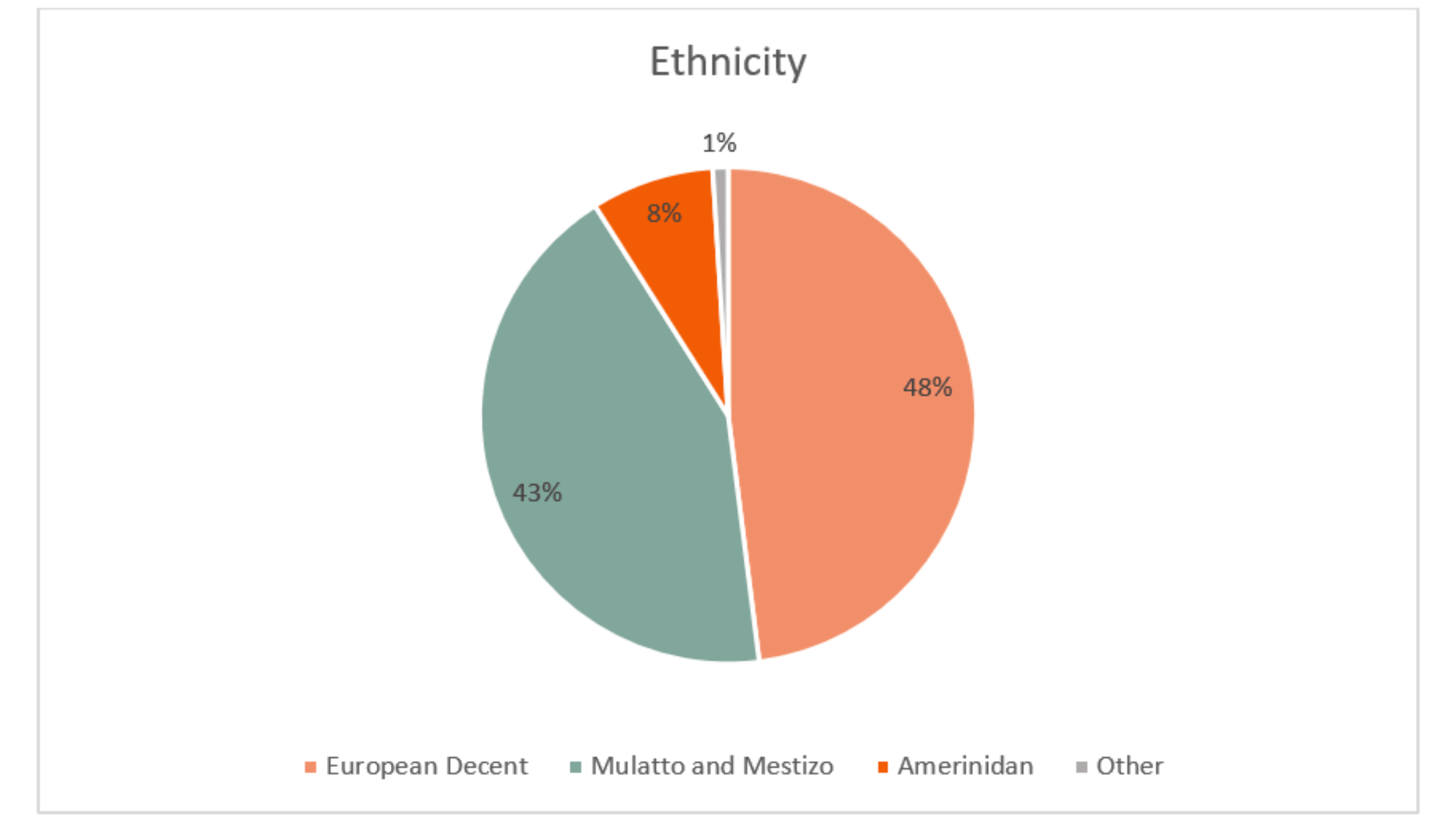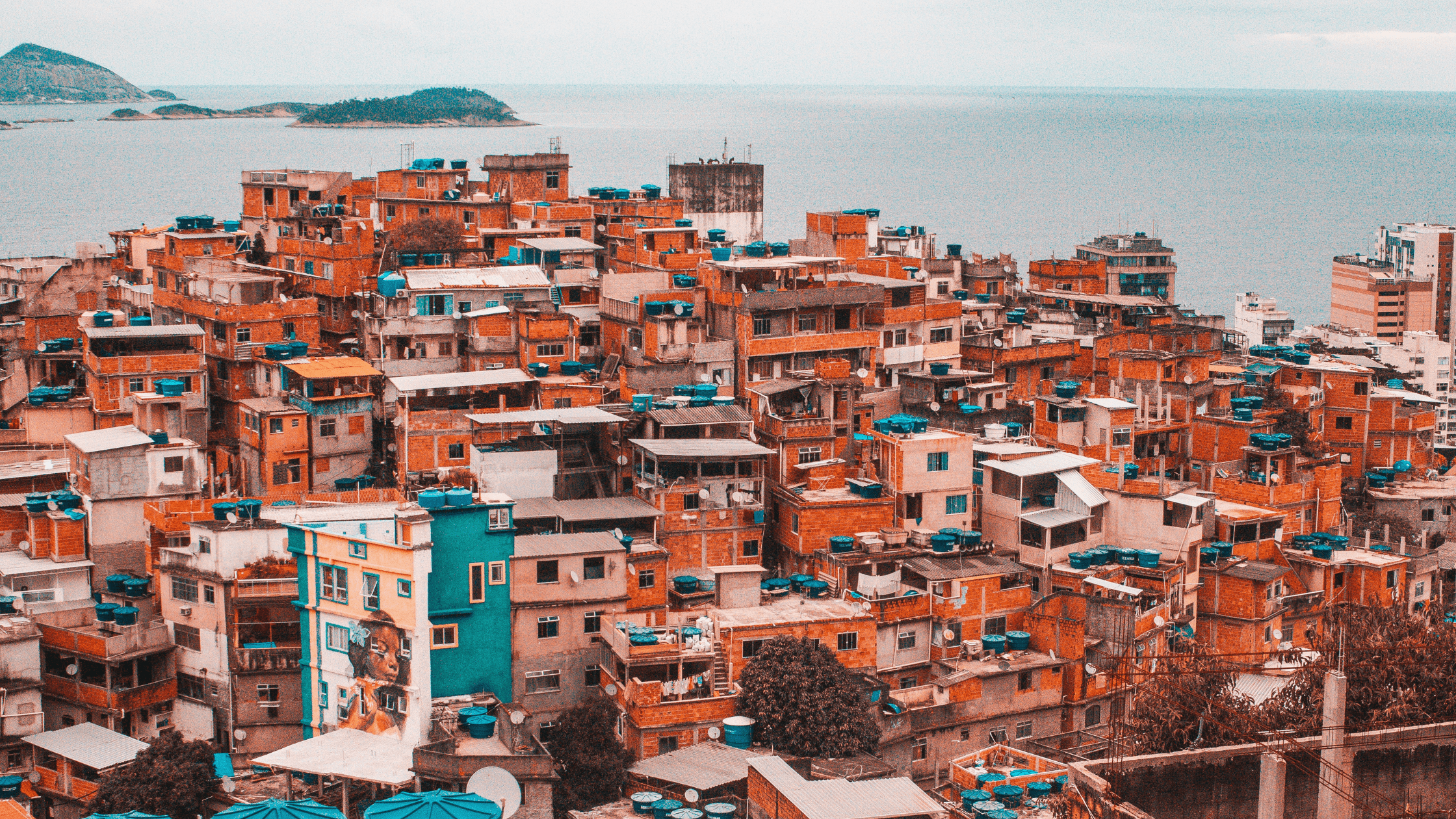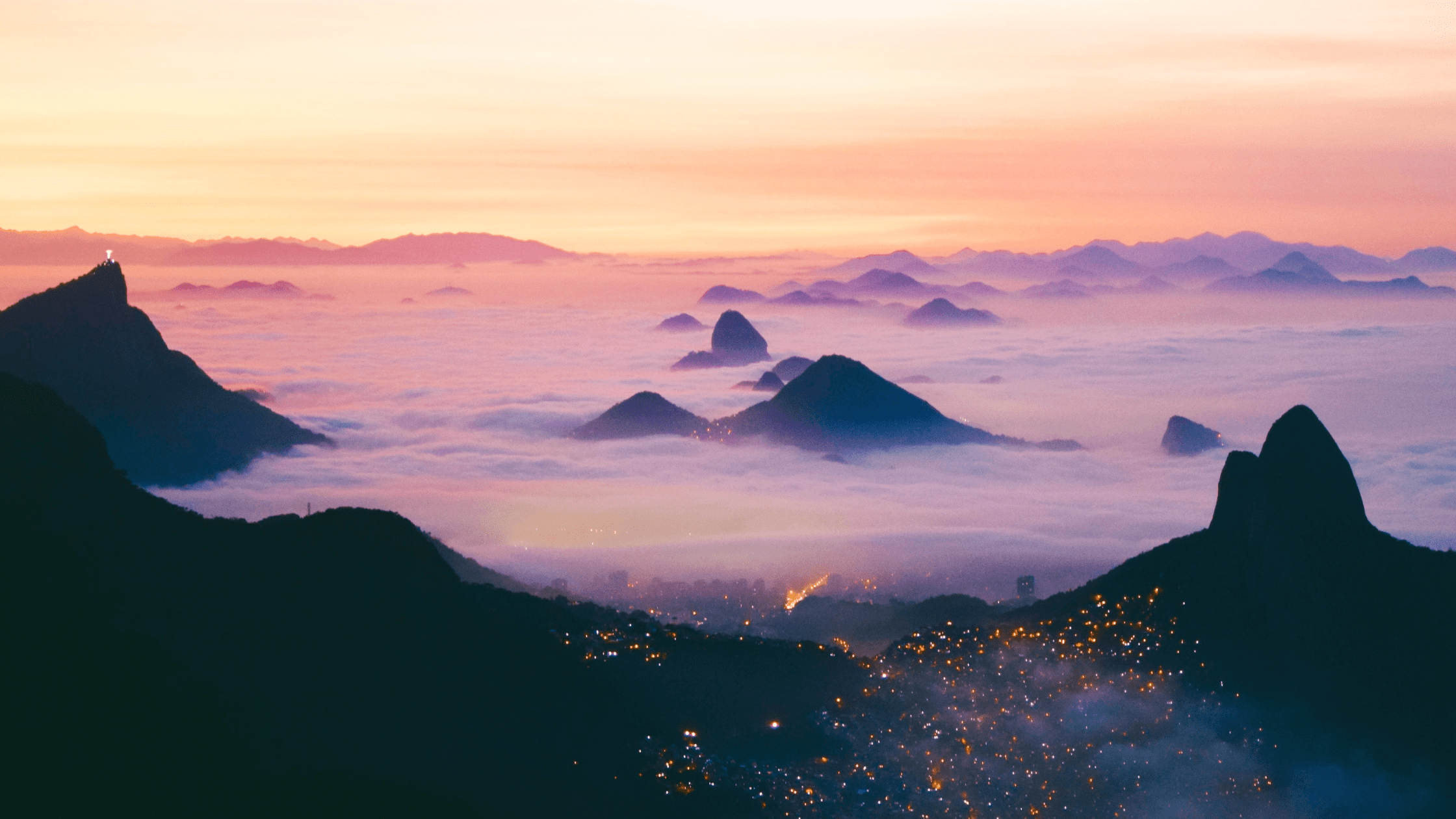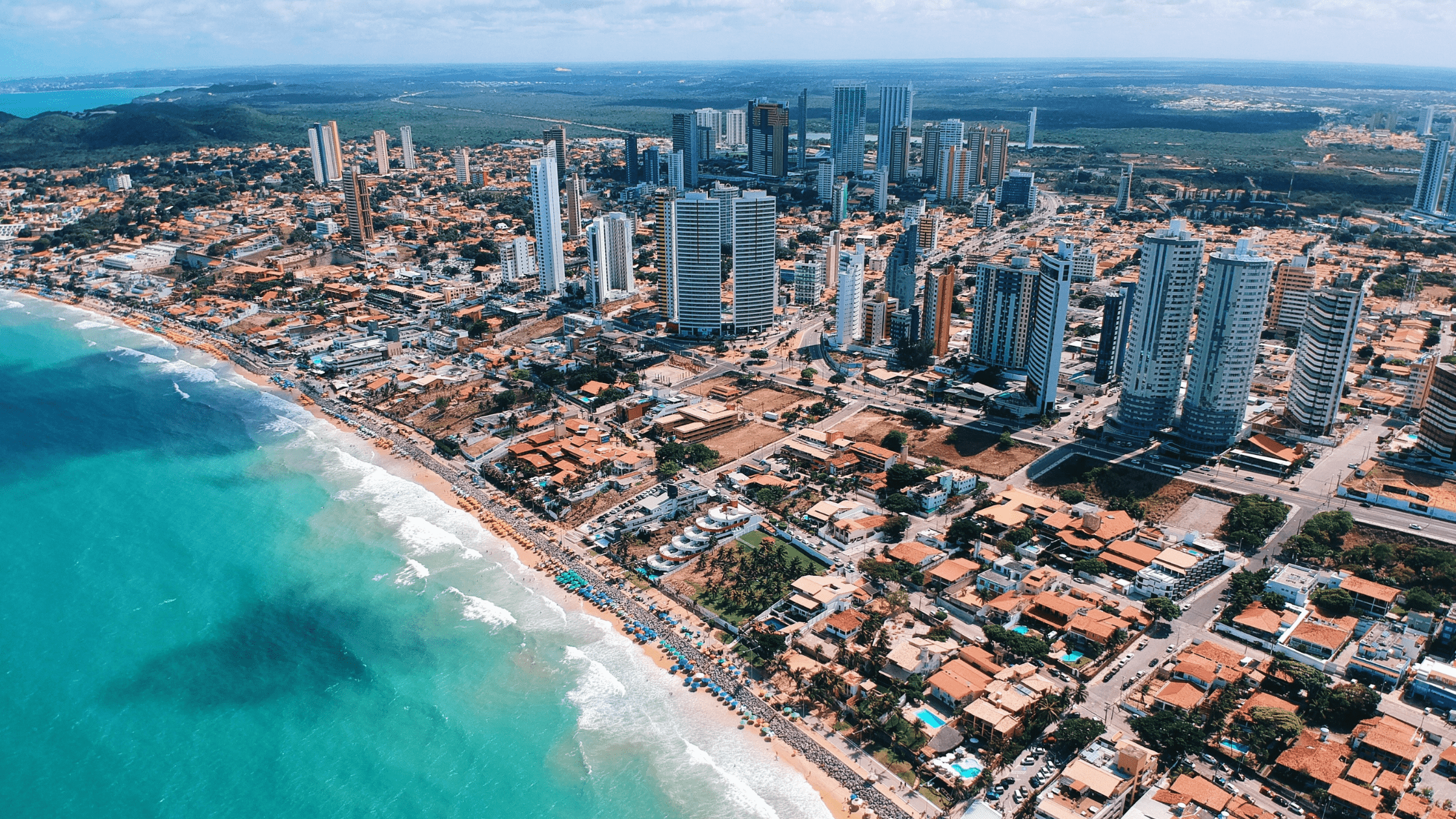General Information
| POPULATION | 211 million |
| LANGUAGE | Portuguese |
| CAPITAL | Brasília |
| CURRENCY | Brazilian real |
Fun Facts
- Brazil has more animal and plant species than any other country in the world
- Voting in Brazil is compulsory
- The largest population of Catholics and be found in Brazil
- 60% of the Amazon rainforest is in Brazil
- Brasilia looks like an aeroplane from above
Brazil
The largest country in South America, Brazil encompasses almost the whole continent. It was ruled by the Portuguese in the 16th-19th century, they named it after the brazilwood tree. Deserts can be found in the north and west, and rolling Grasslands can be found in the south. Since the climate is so diverse, almost any crop can be grown. In addition, there are crowded modern cities and unexplored areas. The pirana and Paraguay rivers in the south have been truthful for one of the world’s largest hydroelectric projects, the Itaipu Dam.Brazil shares land borders with nine South American countries: Argentina, Paraguay, Bolivia, Peru, Colombia, Venezuela, Guyana, and Suriname, as well as the French Department of Guiana.
Ethnicity
There are 211 million people living in Brazil
- 48% European Decent
- 43% Mulatto and Mestizo
- 8% Amerindian
- 1% Other

.
Economy
Sao Paulo has the largest economy in the Southern Hemisphere in terms of GDP. Brazil produces most of its own own food and manufactured goods but needs money to pay off its enormous depts. The countries major exports, some of which are coffee, minerals and aeroplanes, as well as a large number of Brazilian cars which are sold to Argentina. Most of Brazils manufacturing takes place in a rough triangle formed by the industrial cities of Rio de Janeiro, Sao Paulo and Belo Horizonte. Oil seeds, ore, slag, ash, mineral fuels including oil, meat, sugar, and confectionery, and iron and steel are also make up some of Brazils largest Exports.
Brazil’s economy is the eighth largest in the world, although it is still recovering from the worst recession in the country’s history, which occurred in 2015 and 2016. Brazil’s GDP increased by 1% in 2017, inflation fell to historic lows of 2.9 percent, and the Central Bank cut interest rates from 13.75 percent in 2016 to 7% in 2017. Multiple corruption scandals involving private corporations and government officials have harmed the economy, including the impeachment and conviction of Former President Dilma ROUSSEFF in August 2016. Frustration with the liberal government contributed to conservative Jair Bolsonaro’s election as president in 2018.
65% of the population are catholic, 22% are protestant, 8% atheist and the remaining 5% are other various groups.
Food
Brazilian cuisine is a vibrant, colourful mash up of Portuguese, African and Indigenous cuisines including those from the Amazon. Picanha which is Brazilian barbecued beef which is common around the southern part of Brazil. The national dish of Brazil is feijoada, a black bean stew with dried, salted, and smoked meat and represents some of the most essential elements of Brazilian culture. Brazil is the world’s biggest coffee exporter.
The caipirinha is Brazil’s national drink and is also the most popular cocktail in South America. Some of Brazil’s most compelling street foods include tapioca cake, churrasco grilled pork meat, creme de papaya and bejinho de coco cake.
Some dishes to try might be:
– Churrasco (Brazilian barbecued meats)
– Coxinha (Deep fried chicken)
– Moqueca (Seafood stew)
– Farofa (Side dish)
– Pão de queijo (Cheese Bread)
Places
Brazil is home to a richly diverse geological and ecological land scape, Brazil is packed with luscious rain forests and white sandy beaches. The Amazon rain forest is the largest remaining tropical rain forest on Earth. Many animals, birds, insects and reptiles rely on the trees for food and shelter as do the Amazonian Indians who live in the Amazon. Vital areas of forest are lost through logging, cattle ranching and relocation of people.
In the last 20 years large deposits of gold and other minerals have been discovered in the Amazon rain forest. Brazil’s largest city is Sao Paulo which is situated in the southern part of Brazil. It is also Brazil’s wealthiest city. Housing shortages in Brazil mean about 25 million people live in shanty towns that surround the cities. The Amazon’s tributaries, swamps and lakes for a vast network of fresh water.
Some cities to visit in Brazil are:
- Brasilia, the capital and also the political hub in Brazil
- Sao Paulo, known for the architecture and large skyscrapers
- Rio de Janeiro, known for it’s festivities and beaches
Some places to visit are:
- Christ the Redeemer, Rio de Janeiro
- Sugarloaf Mountain, Rio de Janeiro
- Museum of Art, Sao Paulo
- Pontao do Lago Sul, Brasilia
- Tijuca National Park, Rio de Janeiro
History
Brazil, which was once home to thousands of Indigenous tribes, was discovered by the Portuguese in 1500. In the late twentieth century, an estimated 300,000 Amerindians remained in Brazil; their population was estimated to have been around 4,000,000 before to European colonialism. Although it was first devalued as a colony, the Portuguese quickly created a lucrative sugar economy along the southern coast. During the Napoleonic Wars, the Portuguese royal family fled to Rio de Janeiro, where they established a court before returning to Lisbon in 1821. Brazil gained independence from Portugal the next year, yet the Portuguese nobles kept power and Brazil was momentarily an empire.
Brazil had become a republic by 1889, and despite the loss of the slave trade, which had been abolished the previous year, the country entered a period of unprecedented prosperity. A series of military dictatorships ruled the country in the early twentieth century, before democracy was restored in 1985. The population, which is now ethnically varied and includes white Europeans, blacks, mixed-race people, and Amerindians, the population is primarily Roman Catholic, and many are direct descendants of the early Portuguese settlers and the 3,000,000 black slaves transported from Africa. This diversity may be seen in Brazils culture, which combines European and African customs.
From 1939 through 1945, Brazil declares itself neutral at first, but then joins the Allies in World War II in 1943. The Capital Brasilia was built in the late 1950s as a government scheme to encourage people to move to the interior of Brazil. In the 1960s and 1970s Brazil enjoyed a period of massive industrial growth although they then had a huge financial crisis in the 1980s. In 2010 Brazil elected their first women president. Brazil was hit by a wave of protests in 2013. In 2014 Brazil hosted the FIFA World Cup and two years later hosted the Summer Olympics in Rio de Janeiro.




Language Basics
| English | Portuguese |
| Hello | Olá |
| Goodbye | Adeus |
| Yes | sim |
| No | Não |
| Good Morning | Bom Dia |
| Good Afternoon | Boa tarde |
| Please | Por favor |
| Thank You | Obrigada |
| Excuse Me | Com licença |
Published on the 5th of June 2021
